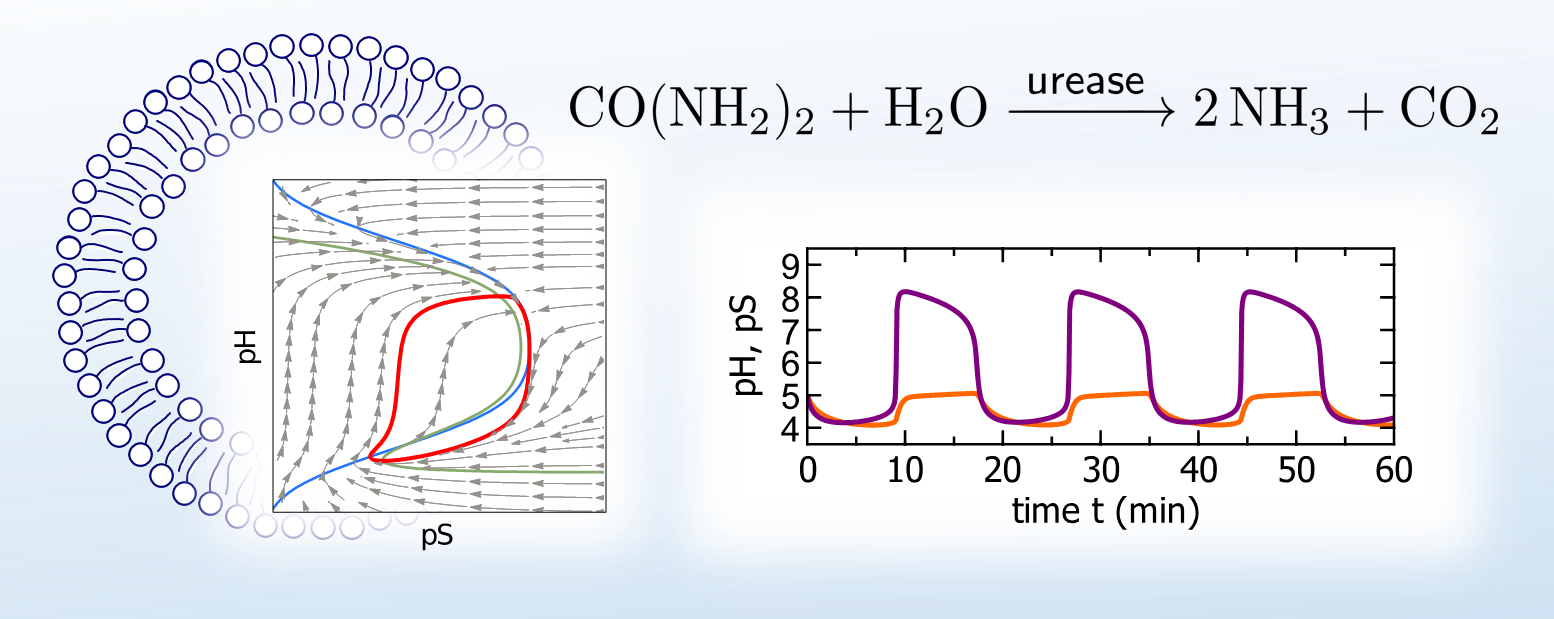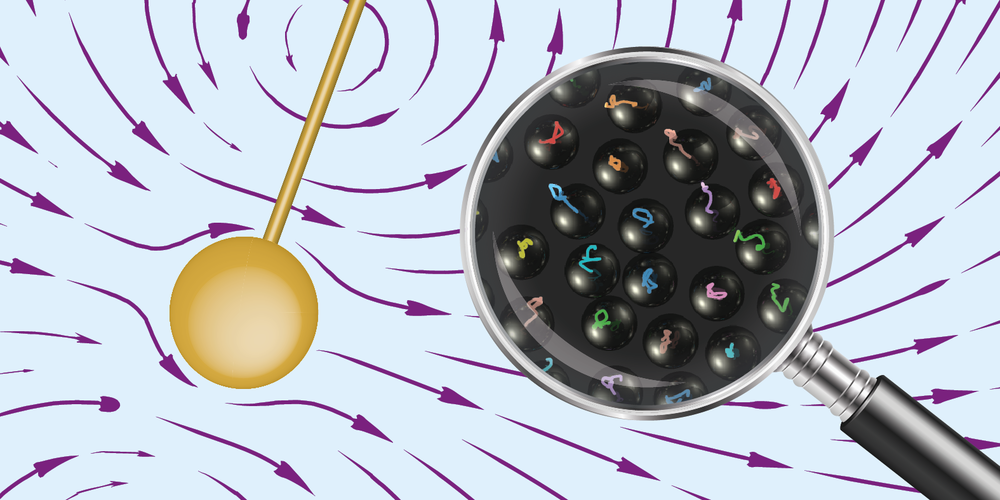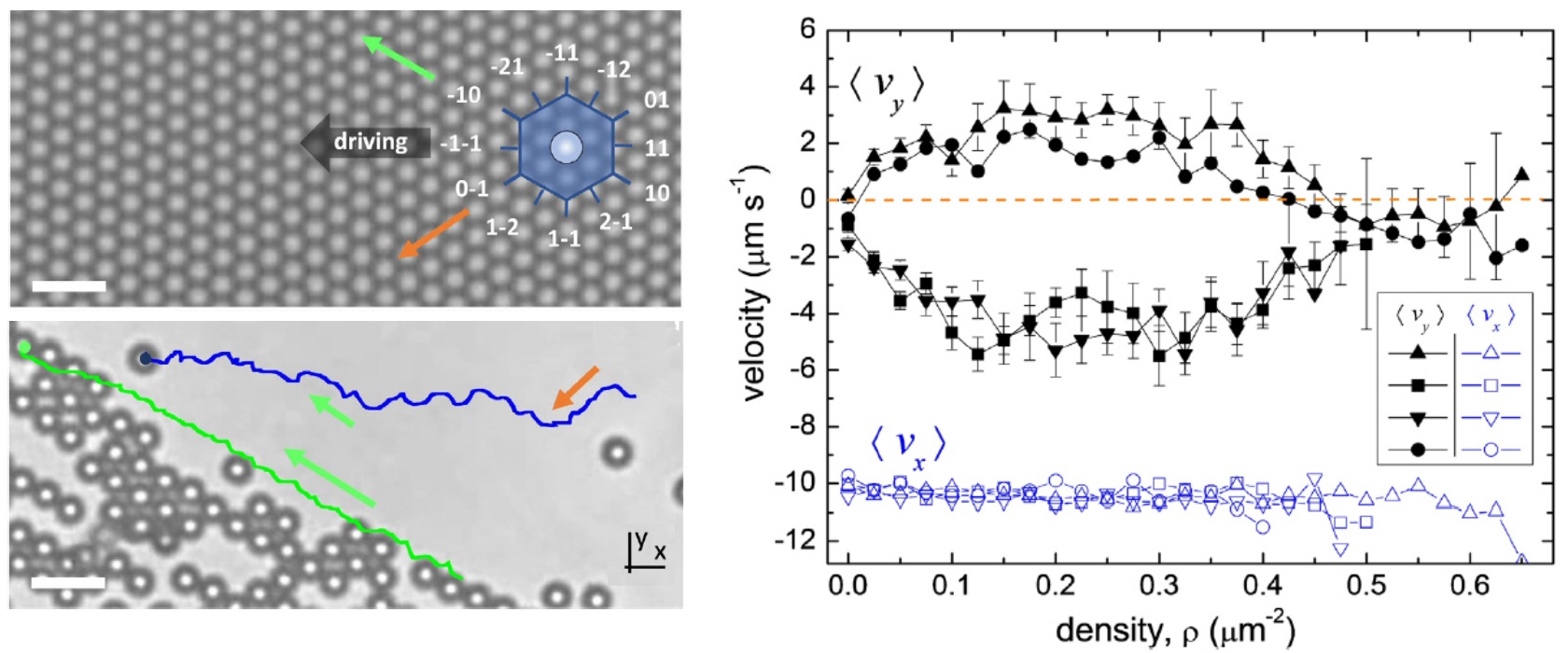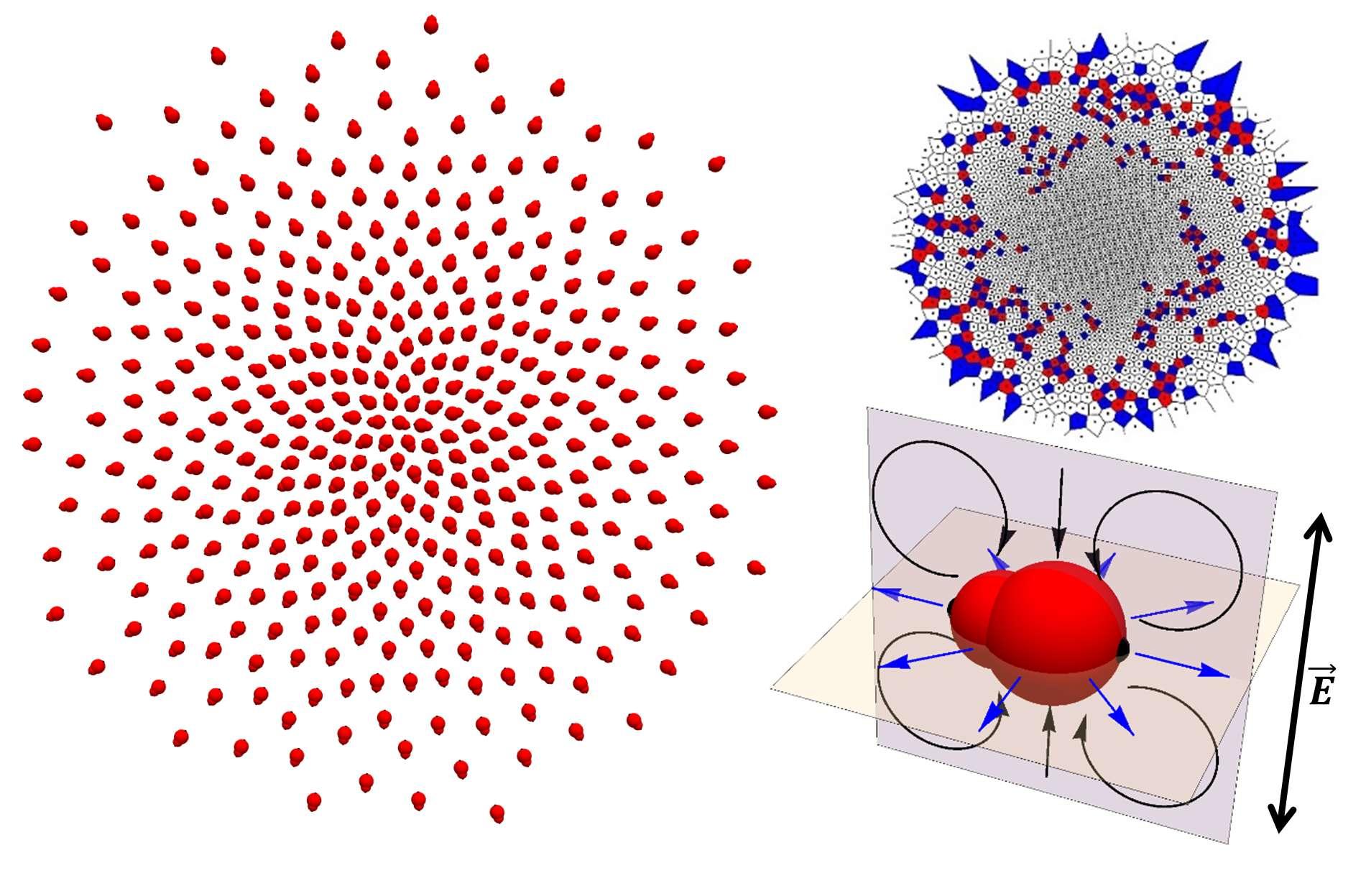Home
![[Photo]](./images/photo.jpg)
|
Dr. habil. Arthur Straube Research Fellow - Habilitation in Theoretical Physics - PhD in Fluid Mechanics - BSc & MSc in Physics Research profiles: - Web of Science (Res. ID): L-6379-2013 - Google scholar: M0BJGsoAAAAJ - ORCID: 0000-0002-8993-017X - Scopus: 8730469600 |
| Driven colloids and active particles in complex environments | |
| Stochastic biochemical reaction networks and intracellular kinetics, hybrid approaches | |
| Complexity reduction approaches, extraction of memory kernels from data | |
| Confined Brownian motion, contact line dynamics, microfluidic applications | |
| Reaction-advection-diffusion systems, mixing, front propagation and pattern formation |
| Unexpected extension in The Journal of Physical Chemistry B, 2023 Conceived as an extension of our previous study [JPCL 2021] to unveil the nature of the limit cycle, we have unpexpectedly arrived at a novel two-variable model of a pH oscillator, which is virtually exact reduction from four variables. Read more  Details: J. Phys. Chem. B 127, 2955 (2023) |
|
Curious story in The Journal of Physical Chemistry Letters, 2021published in less than 4 weeksRhythms are vital for a variety of processes of life with the pH level having a strong impact on cell performance. Their machinery is hidden in small reaction compartments such as vesicles. How does their smallness affect the rhythm? Read more Details: J. Phys. Chem. Lett. 12, 9888 (2021) |
|
| Experiment & theory story in Nature Communications, 2021
[ZIB News] Being of great technological potential, assembling nanosized magnetic particles on surfaces presents a formidable challenge. Using theory to rationalize the experiment, we overcome this problem for traps created by magnetic domain walls. Read more  Details: Nature Commun. 12, 5813 (2021) |
|
| On the cover for October & Editor's highlight in Communications Physics, 2020 How friction in liquids emerges from conservative forces between atoms is currently not well understood. We combine frequency-resolved simulation data with theory to show that the friction felt by a single molecule occurs abruptly below a certain frequency.  Details: Commun. Phys. 3, 126 (2020) |
|
| Experiment & theory story in Physical Review Letters, 2020 Directional locking is observed when a colloidal monolayer is driven across and interacts with a triangular lattice of magnetic bubbles. While single particles show no preferred direction, collective effects induce transversal current and directional locking at high density via a spontaneous symmetry breaking.  Details: Phys. Rev. Lett. 124, 058002 (2020) |
|
Rapid Communication & Editor's suggestion in Physical Review Research, 2019
We suggest a theoretical framework to understand how colloidal swimmers propel, interact and assemble in a nematic liquid crystal media by an alternating current electric field. Our results demonstrate importance of hydrodynamic interactions on the assembly of driven microscale matter in anisotropic media.
 Details: Phys. Rev. Research 1, 022008(R) (2019) |
Teaching
-
SS 2021:
- Strukturbildung